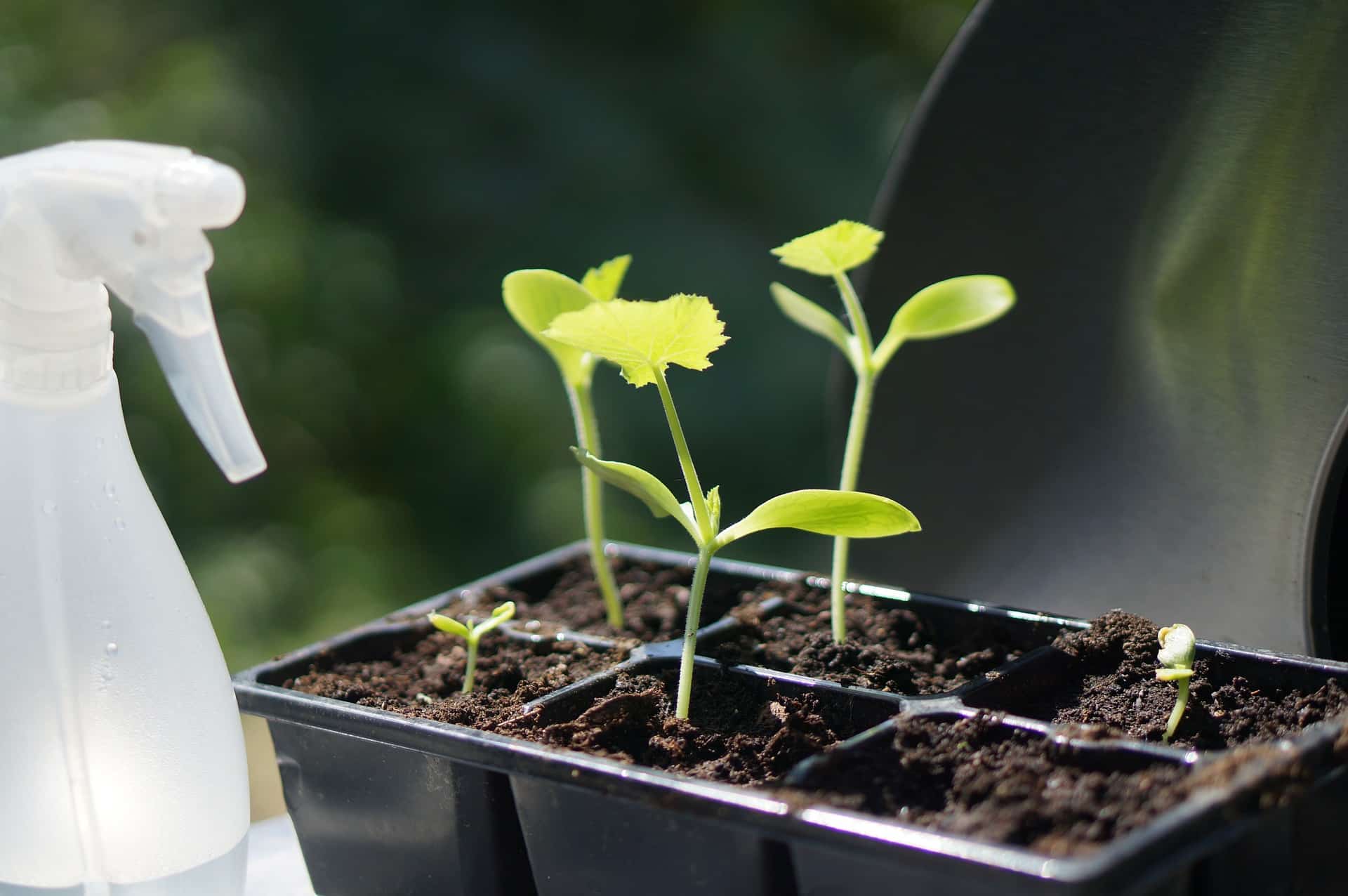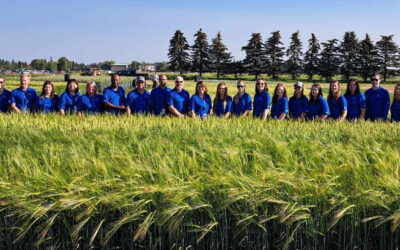Trait stacking can help with everything from nutrition to weed control in the plant breeding world.
Trait stacking isn’t a new technology when it comes to plant breeding. But with new technologies such as gene editing, it has opened a whole new world for trait stacking and is allowing those in the agriculture industry to build upon the trait stacking work they’ve been doing for decades already.
“With the introduction of Roundup Ready soybeans, we’ve seen multiple stacks, especially over the last 10 or 15 years, of different herbicide (resistant traits) to help combat some of the more problematic weed issues,” Jeremy Ross, professor and soybean extension agronomist for the University of Arkansas System Division of Agriculture’s Cooperative Extension Service, says during the March 29 episode of Seed Speaks. “Without those traits being stacked, we wouldn’t be able to control some of these more problematic weeds.”
And while for farmers disease, pest and weed resistance, along with yield may be the most important traits for them, consumers have other traits they’re interested in. Michael Dzakovich, a research plant physiologist with the United States Department of Agriculture Agricultural Research Service, works at the Children’s Nutrition Research Center and sees nutritional opportunities.
“In situations where people are food insecure, more often than not you’ll have multiple nutritional deficiencies happening at the same time. And so, with trait stacking, what that allows us to do is potentially address multiple nutritional deficiencies simultaneously,” Dzakovich explains during the episode.
Nutrition isn’t just about the actual health traits of a variety, but also the availability of food. Dzakovich adds the ability to not only have high quality food, but also reliable food sources is becoming harder with more wide ranging growing conditions.
“(Trait stacking) helps us maintain a stable source of food, whether it’s for people or for our animals that we love. Trait stacking allows us to grow that particular variety, be it soybeans or sorghum or corn in that environment. The environment is ever changing, and so we have to provide growers with varieties that have the genes that can thrive in that environment,” Catherine Hatcher, North America soybean south market segment lead for Syngenta, says during Seed Speaks.
For crops to survive and thrive in environments, plant breeders will also look at bringing in traits from crop varieties around the world, Ross says. He adds that traits from maize grown in other countries will be stacked with traits in local corn varieties to help make corn crops more resilient.
“I really feel like there’s a lot of opportunities to in cases where we don’t have that natural diversity present for the traits that we want, we can kind of create diversity and solve some of these challenging problems that we have to deal with right now,” Dzakovich adds.
Hatcher does think there are opportunities to look at using traits from wild relatives of crops in plant breeding. She says our current crop varieties are very focused on certain traits, as their wild relatives are used to fight against multiple threats. So, by stacking these traits together, it would leverage the good traits of both varieties.
Related Articles
Seed Speaks — Stackable Traits Take the Spotlight
Working Together on Plant Breeding
Wild Relatives are Plant Breeders Insurance Policy for Food Security





